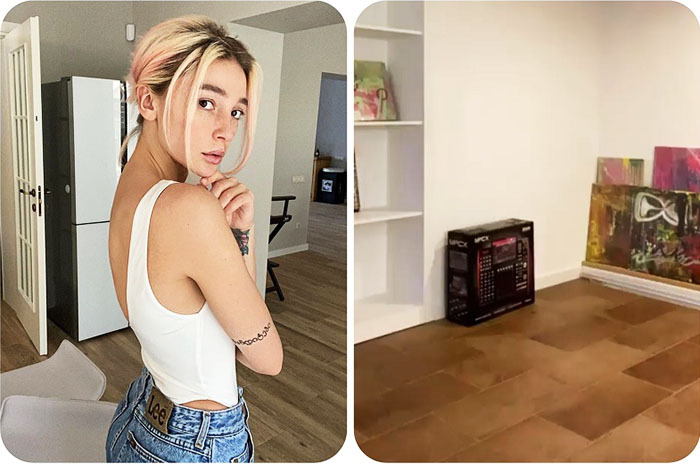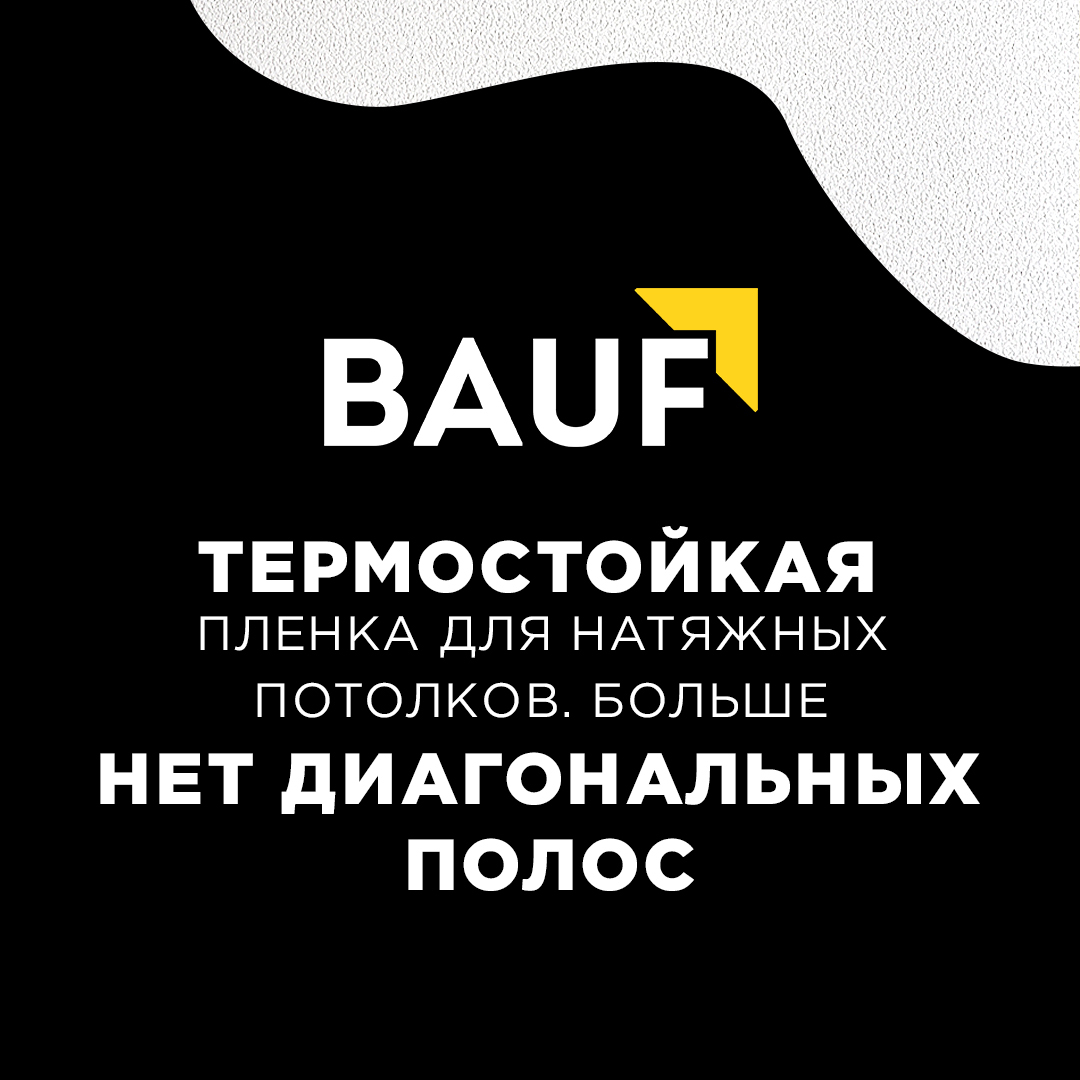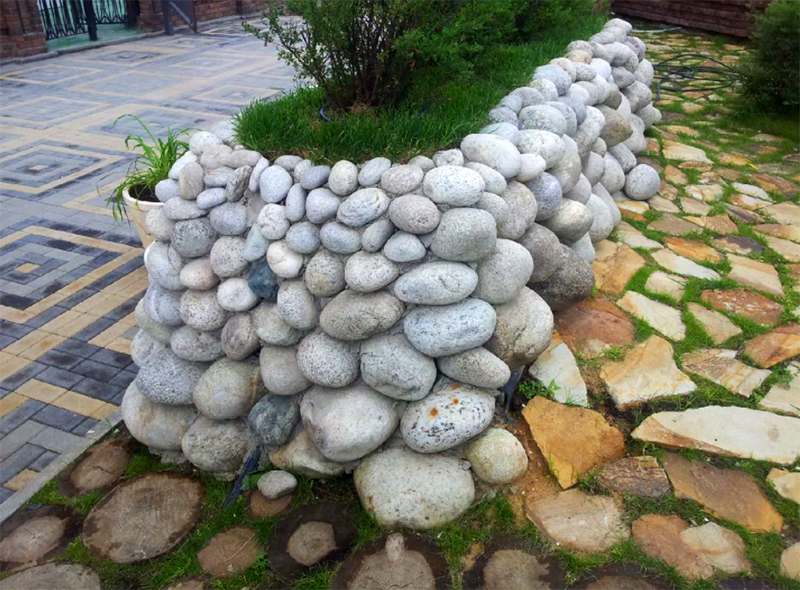Frying is considered one of the most popular elements of kitchen utensils. It is fried, stewed, and sometimes bake or bake something delicious. That is, it becomes an indispensable tool for preparing elementary eggs, and delicious beef stroganoff or risotto. And often the coverage depends on the quality of food and the hostess mood during the working process.
There is no exact explanation for how best to use non-stick coating for cookware.
Content
- 1 What does the non-stick coating
- 2 Advantages and disadvantages of different types of coatings
- 2.1 Teflon
- 2.2 ceramic coating
- 2.3 Stone, granite and marble
- 2.4 titanium coating
- 3 What to look for when buying
- 4 The most popular brands
- 5 VIDEO: Tefal frying pan with non-stick coating.
What does the non-stick coating
Today, cooking at home is not a necessity. Tasty will feed you in the restaurant and at your favorite cafe. The process of preparing home-cooked meals - this is a great opportunity to express your feelings to someone you know, make them happy and to enjoy the process of cooking. That is why choosing the right coating pans with quality - the paramount question.
Few places can be found today pan without non-stick coating. Advantages of the non-stick layer are obvious:
- It prevents sticking or sticking dishes. And even if your masterpiece slightly overcooked, it will not leave marks on the surface;
- During roasting or quenching does not need much oil;
- This pan is very easy to clean.
Incidentally, the non-stick coating is applied not only to the inner surface of the pan, but also outside. It facilitates care utensils and helps to permanently preserve a decent appearance.
Basically the choice depends on what you're cooking on a pan.
Perhaps the only material that does not require the non-stick layer - it is cast. But the cast-iron pans are very heavy and inconvenient to use, and also quite expensive. Therefore they can be considered an exception to the rules and do a decent choice of coverage.
By choosing the dimensions should first focus on the number of family members who live with you.
Just note that the simple answer to the question: what better cover the pan, will not work. Much depends on your personal preferences, as well as meals that you are going to cook.
Advantages and disadvantages of different types of coatings
Unfortunately, there is no option, which would not have found a flaw. Therefore, getting acquainted with the "ins" and "outs", choose a model with disabilities which will be easier to accept. And the answers to the questions: For what dishes you choose the pan? At some oil fry? And what is your plate? to help make the right decision.
Teflon
This material is considered to be the pioneer era nonstick coatings. Many housewives, acquiring a pan among the first, to remain faithful to their choice. Although there was a relatively recent information about the dangers of Teflon. But over time, it turned out that this is nothing like the machinations of rivals. No harm from such a coating is not present. Teflon is a thin layer applied to the bottom ledges and pans and cooking process turns to pleasure.
Teflon frying pan deserves a place pervootkryvatelnitsy in non-stick coating.
Advantages of PTFE:
- Acceptable price;
- Ease of use;
- Broad application of the special fiber configuration;
- High technical characteristics of the non-stick layer.
Disadvantages:
- For safe use of Teflon, it is important to monitor the temperature regime. Heating above 200 degrees facing the appearance of harmful fumes;
- Cooking without oil in a frying pan does not work, you have to still add a little;
- Easily scratched;
- The damaged surface is unsuitable for further use;
- It is impossible to prevent a sharp temperature drop (e.g., pour the hot pan of cold water).
Many housewives shopped to this embodiment, and were satisfied.
In the opinion of experienced hostesses, Teflon frying pan - it is not the best option for frying meat, but the pancakes or scrambled eggs for her turn gangbusters.
ceramic coating
Alas, despite the name, nothing, "ceramic" in this coating is not present. But this pan clean and will not cause harm, even with daily use. In the coating composition is sand, clay and stone. During heating, it does not release any harmful substances.
This pan is clean and safe for everyday use.
In the production process non-stick layer is applied by two methods:
- spraying;
- Reel.
Layer applied by spraying, more durable and reliable. It is used for ready-pans. A coasting coated metal sheet from which is made subsequently cooking utensils.
For roasting meat is not necessary to use a lot of oil.
ceramics pluses:
- Withstand higher temperatures (up to 450 degrees Celsius);
- Resistant to scratches and small damages;
- This cookware is easy to operate, since the surface does not stick during cooking;
- Compared with Teflon coating requires less oil for frying.
Minuses:
- Quality ceramic pan-famous brand will fly "to the penny" is not cheap;
- Metal objects (knives or blades) applied irreparable damage to a pot;
- Not recommended soaking with chemicals, wash the pan immediately after cooking;
- The primary tool for washing the ceramic coating using a soft sponge. Forget scourers and abrasive detergents.
Easily scratched metal tools (knife, fork).
Stone, granite and marble
It turns out that these materials are used not only in the sculptor's workshop, but also to cover the cookware. It is understood that it is the special technology of applying a specific coating on objects made of different metals (including aluminum). According to experts in the field, do not so much focus on the material (marble or granite), as a rule, like the kitchen, "inhabitants" have the same composition. On a bottom wall and pans is applied a special composite layer consisting of a polymer and marble chips. Such coating environmentally friendly because it contains no fluoropolymers.
Learn marble pan can be due to the dark coating with small speckles.
Externally marble pan is difficult to confuse with other her "relatives": it has a dark color and small blotches of light. Producers promise almost perpetual use of the subject, or even prohibit the use of forks, knives or metal blades for mixing food. They argue that it does not hurt. But the thickness of the bottom wall and plays a role: the thicker the walls and bottom, and the more qualitative reliable pan in your hands, because it says more layers of a special coverage.
Rapid and uniform heat distribution.
Advantages:
- Resistance to mechanical damage;
- Uniform and rapid heating of the pans;
- Long term preservation of heat;
- You can fry the meat completely without oil;
- active operation of a term of two years or more.
Disadvantages:
- High price;
- Intolerance abrasive cleaning agents;
- Friability (falling and hitting seriously damage the pan);
- Some marble pattern can not wash in the dishwasher.
On the long term operation of the factors affecting the bottom thickness and the number of superimposed layers.
titanium coating
Someone joyfully exclaim: "That's it, a perpetual motion machine of cooking", and will be wrong. Around titanium non-stick coating there are so many myths and legends that sometimes even the manufacturers believe in the unique properties of their "creations".
Tentative dates for operation up to 25 years.
In fairness it should be noted that the titanium, as such, in this coating quite a small proportion. Of course, it contributes to the strength and stability of the pans to scratches and light damage. Average age of the frying pan with non-stick coating is no less than 25 years, that you will agree, very well. And do not worry, that during cooking the food will get some kind of smell or taste.
In terms of quality, there is no fear that your food will taste characteristics of third-party.
Such coverage is absolutely safe, the material is not oxidized. So no matter what you are cooking: fish, vegetables or meat, the dish will turn out delicious. But for durability, reliability and environmental friendliness pans have to pay. Such instances are much more expensive marble or ceramic.
What to look for when buying
If your goal - buying pans for a long period, not for a couple of dinners, carefully choose your option.
Chefs recommend to buy only certified products.
- It is better to purchase a model known trusted brand;
- Check that the surface is smooth, with no blistering or "cones". Uneven surface indicates poor-quality non-stick layer deposition;
- Prefer type pans with removable handle. It is more versatile embodiment;
- Cover should buy immediately and check the perfect seal. The tighter, the better;
- Good pan - weight and has an impressive thick bottom;
- When buying, check the seller a certificate. Certified products are generally higher quality;
- Finding even barely visible scratches or damage on the surface, better give up the purchase. There is no guarantee that a minor flaw does not become a serious defect after the first frying.
Get dishes only from well-known brand.
The most popular brands
In the matter of choice guided by their own preferences and reviews for already purchased kitchen utensils. In particular, the following companies are in high demand, offering non-stick pans:
- Teflon - a true veteran in the market. Only high-quality products and a large assortment;
- "Neva-metal" - a relatively new brand, but it has already won the trust of customers;
- Bergner - ceramic pan high quality at reasonable prices;
- Gipfel - marble and granite pan. The new models are also induction bottom. Indeed, the company keeps up with the times;
- De Buyer Mineral B Element - safe and reliable pans;
- "Biola" - the right choice for connoisseurs of cast iron pans.
Large range of different non-stick coating ensures the right choice for you personally. Moreover, the process is bound to become a pleasant and creative. A follow these instructions exactly for sure prolong service pans and help you for a long time to please your loved ones culinary delights.
Pay attention to the manufacturers ratings to choose a really quality product.



